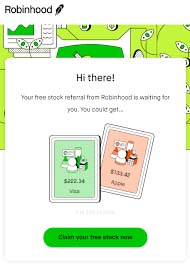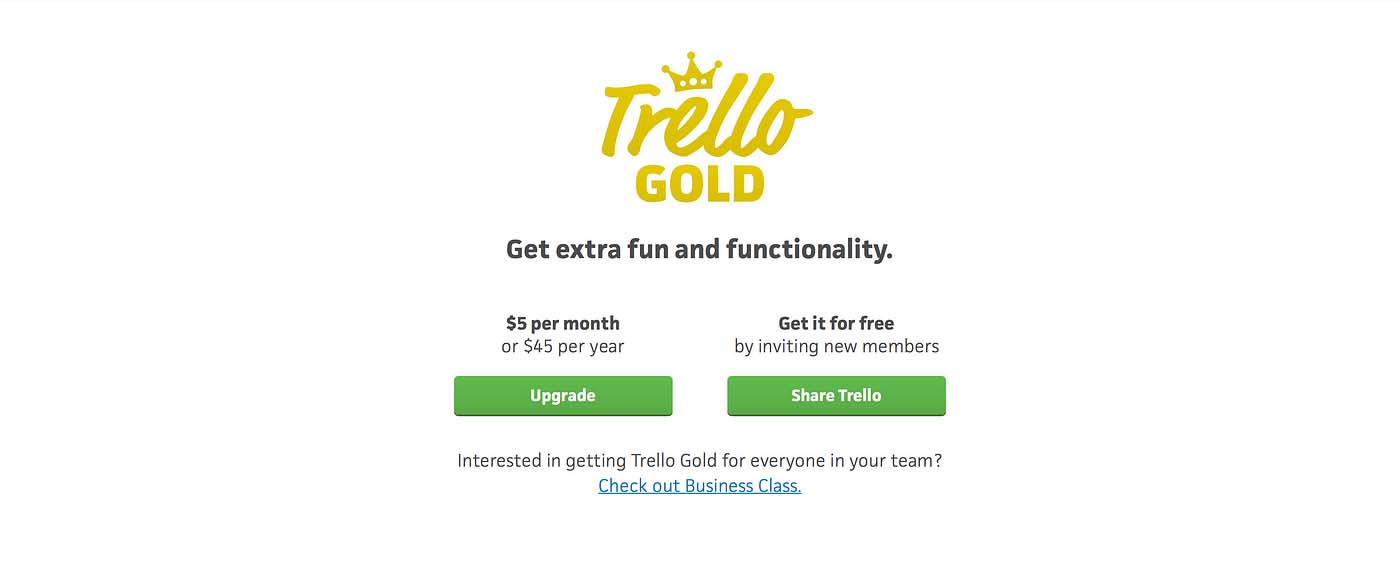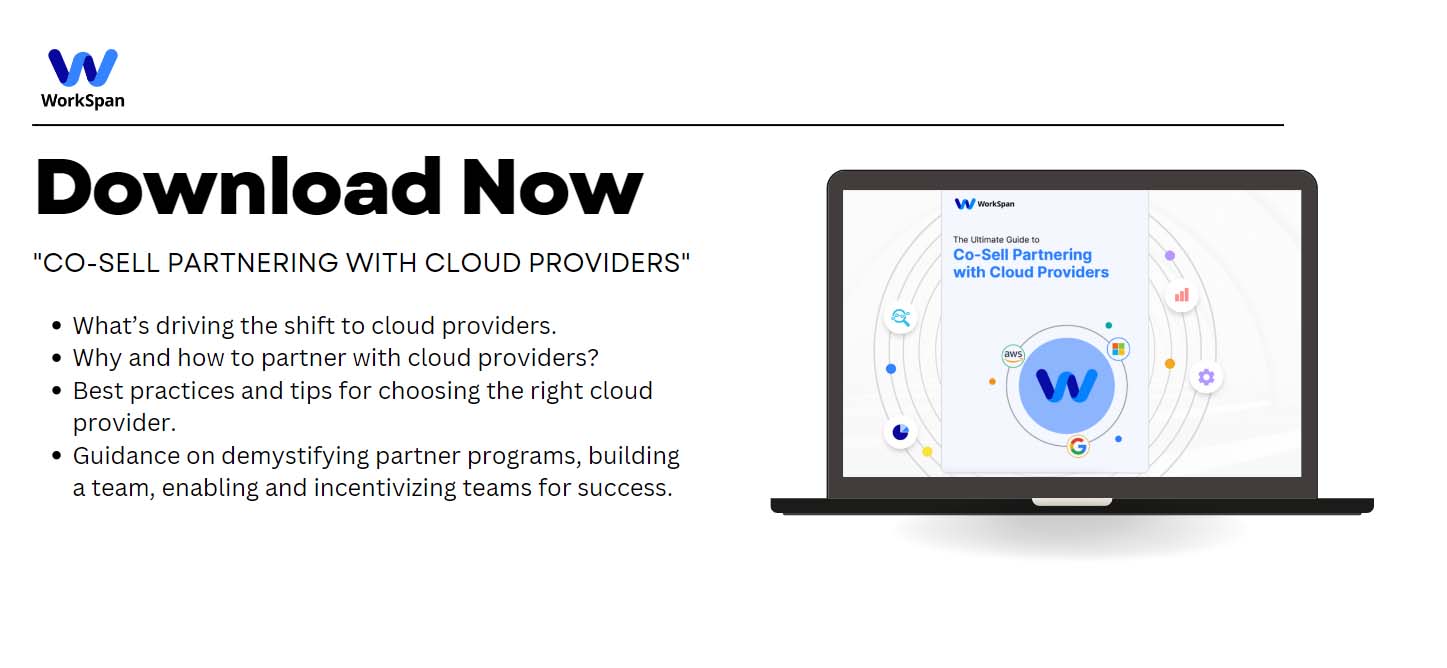
A thriving partner program offers the advantage of a network effect, enhanced by your committed partners.
When your partners actively promote your brand, it not only expands your brand visibility, but also confers a kind of validation from various companies that potential customers find trustworthy.
If a customer has an issue requiring a solution, they will likely turn to companies they're already transacting with for recommendations. The advice these companies provide is often trusted by the customers.
This method, whereby a partner refers business to you, is termed a referral, and it's one of the most potent ways to partner.
Building a referral partner program yields benefits that go beyond generating new business.
A well-constructed referral partner program typically yields customers with a 16% higher lifetime value than non-referred customers, and a conversion rate that's 3-5 times higher than conventional marketing methods.
Given these undeniable benefits, one may wonder why more businesses don't have a referral program in place.
The response to this query is that establishing a referral partner program requires following several steps to set it up for success.
In this blog post, we will guide you through the 10 essential components of building referral partnerships at scale.
Whether you're considering launching a referral program, or if you already have one in place and are seeking ways to enhance it, this blog is for you.
So, let's get started…
Building Block 1: Referral Partner Selection
The process of constructing a referral partner program is akin to developing other partner programs. The pivotal step is to choose the right partners who enhance your program's likelihood of success.
Hence, it's critical to outline the characteristics of your ideal referral partner prior to initiating an impromptu recruitment of partners.
When building your ideal partner profile for your referral program, there are several aspects to take into account:
- Do they cater to the same target customer profile as you?
- Are there any conflicting aspects in their offerings?
- Are they open to the idea of partnering?
These questions are straightforward, but let's delve a little deeper for better understanding.
The overlap of the target customer base is crucial for generating referrals, as without this there won't be enough interested customers to send your way.
If potential partners offer conflicting solutions, their inclination to make referrals may be minimal.
Lastly, if they do not have an existing partner program or interest in establishing partnerships, it's clear they aren't a suitable choice.
If a potential partner meets these three criteria, it's usually a strong indication that they could be a valuable referral partner.
Outside of recruiting companies for your referral program, individuals amongst your current customer base can also make good referral partners.
If you have champions of your product or service, also look at recruiting them for your referral partner program.
Building Block 2: Referral Partner Recruitment
After pinpointing the qualities of a good referral partner, the next task is to actively recruit partners for your program.
With your potential partners identified, as per the first step discussed earlier, your outreach should emphasize the mutual benefits of joining your referral program.
During your outreach, it's crucial to underscore the value your program can offer to your partner. This increases the chances of eliciting a response from them.
For instance, rather than crafting a message that solely revolves around your business, shift the focus to the shared benefits for both parties, concentrating on the end customers.
Let's assume you are a customer support platform seeking a consultant as a referral partner, who would potentially recommend your solution during their assessment of customer support organizations.
Your message to a prospective consultant partner might be framed this way:

As mentioned above, another potential strategy for referral partner outreach might be to simply advertise your referral program in places like your website and email signature. The more places you publicize your program the easiest it is for current customers to become referral partners.
Building Block 3: Deciding On Referral Partner Incentives
Building a successful referral partner program often involves providing some form of reward to partners as a token of appreciation for directing leads your way.
The standard incentive offered to referral partners usually takes the form of a percentage of the total transaction.
Referral commission rates commonly range from 15-30% of the total Annual Recurring Revenue (ARR) from the referred deal.
However, certain subtleties could influence the overall incentive structure you decide upon, primarily because it must be appealing to partners.
For instance, 20% of a major enterprise deal could be a significant amount, whereas it might not be as compelling for a smaller SMB transaction.
If your deal sizes tend to be on the smaller side, you might want to consider a fixed fee, or think about offering them an ongoing share of the revenue instead of just for the first year.
Read Our Blog: The 8 Ecosystem Partner Incentives to Drive Your Channel Sales!

Building Block 4: Referral Partner Training And Enablement
Again, for anyone in partnerships reading this blog post it should come as no surprise that training and enablement is a massive part of building an effective referral partner program.
During the enablement and training process, your primary focus should be on consistently keeping your referral partners up-to-date about your product, any changes made, and the enduring education on its value proposition.
A sound approach to highlight your product's value involves sharing case studies that demonstrate customer success with your product.
Furthermore, seek opportunities to host training sessions for your referral partners' sales teams. This ensures they're acquainted with your solution and understand the benefits it can provide to their prospects and customers.
Another effective strategy is to develop a monthly newsletter specifically for your referral partners. This should be distributed to all the vital stakeholders at your referral partner's organization, including sales and customer success teams.
This newsletter should cover the latest updates, news, and other essential information to maintain your visibility and relevance during their customer interactions.
Building Block 5: Assigned Referral Program Oversight
Every partner program generally demands someone to supervise and maintain it.
As you may have already inferred, a prosperous referral program necessitates numerous tasks to function efficiently, and thus, it can't merely be an afterthought.
When you're establishing a referral partner program, considering allocating dedicated resources to this initiative is essential to increase its chances of success.
You have two primary options to manage this.
Firstly, you could employ a full-time partner manager who will have exclusive responsibility for building and developing your referral partner program.
If you truly perceive referral partnerships as a significant revenue source, this approach could be your best option, as it ensures dedicated attention to this effort.
Alternatively, you could delegate part of the responsibilities to an existing internal member, like someone from the customer success or sales team, to develop the program.
This method also provides benefits as it allows you to build and test the program before committing to a full-time hire.
Regardless of the approach you choose, there needs to be someone accountable for the referral program.
Building Block 6: Referral Partner Agreement
In the business world, whenever a commercial relationship is established between two parties, it's usually recommended to formalize the terms of engagement with a contractual agreement.
As previously discussed, referral partnerships typically incorporate an incentive structure designed to compensate the referral partner with a commission for any finalized business deals.
Therefore, it's crucial to formulate a referral agreement to be provided to every new referral partner, which outlines the commercial terms of the partnership.
There are several key aspects that a referral partner agreement should cover, such as:
- The commission rate you will offer
- The procedure for registering a lead
- The course of action if the lead is already being pursued internally
While creating a referral partner agreement, there are numerous templates available that can serve as a starting point, such as this template from Allbound.
However, given that this is a legally binding agreement, it is advised to consult with a legal advisor.
This ensures the document is thoroughly developed, fit for its intended purpose, and ready for implementation.
Building Block 7: Handover of Referral Leads
A crucial element often overlooked by many businesses, but of utmost importance, is the smooth transition of leads from your referral partner to your sales team.
Your referral partner has presumably done some groundwork in elucidating your solution and its advantages to the customer. They also have additional knowledge, such as the specific issue the customer is trying to address, the structure of their company, and so on.
In order to effectively transfer this valuable information, there are a few strategies worth considering.
Firstly, consider implementing a form that the referral partner needs to complete before submitting a lead.
This form could contain specific questions aimed at gathering information which can then be passed on to the sales representative handling the deal, thereby increasing the chances of success.
Another option is to initiate a joint communication channel with your partners, their sales teams, and your sales teams.
This fosters an environment where deals can be openly discussed, and a direct line of communication between teams makes information transfer seamless.
Building Block 8: Referral Partner Communication
The only effective way to determine whether your referral partner is satisfied and has the necessary resources to successfully refer your product is through regular communication.
A referral program that operates on a 'set it and forget it' basis is unlikely to yield positive results, as it fails to track essential aspects like the additional information your referral partners may require or how your product is received amongst their customer base.
Therefore, it's important to establish regular check-ins with your referral partners to evaluate how things are progressing.
To make these meetings as meaningful as possible, come prepared with data on the current state of the partnership. This can include metrics like the number of leads submitted and overall engagement, which offer concrete areas for you and your partner to focus on.
For your more successful referral partners, these meetings should also serve as a strategic planning session. It's an opportunity to identify areas where you could devote additional resources to generate even more referral leads.
Building Block 9: Partner Technology
One of the final things to consider when building a referral partner program is what technology you can implement to streamline the program, and make it even more successful.
There are certain things that we have mentioned throughout this blog post that can be done manually but would be better served through technology.
If we look at a few key components of a robust referral program, training and lead capture these things can be done manually, but will quickly take up to much time as your program scales.
Training, where you are educating your referral partner on your solution, can be done by holding webinars or lunch and learns, but can also be more efficiently delivered through an Learning Management Systems (LMS) such as solutions like TalentLMS or Docebo or through Partner Relationship Management (PRM) systems like Allbound, Impartner and Zift.
Read Our Latest Blog: Adapting Your Partner Management System: Tools for Your Growing Ecosystem

Additionally, there may also be the opportunity to co-sell with your referral partners, especially if they are other software companies.
When co-selling it's imperative to use technology to make the process more efficient and ensure absolute transparency between companies.
WorkSpans Co-Sell App streamlines the co-selling process and integrates your CRM seamlessly with your partners' CRM.

Building Block 10: Referral Partnership Evaluation And Iteration
As with any major initiative or program, it's necessary to continually monitor, assess, and adjust to optimize the program's effectiveness.
Your referral program is no exception.
Ensure that you consistently track key metrics such as the number of leads generated, the close/won rate of these deals, and the total revenue generated. This will give you a solid understanding of how your program is progressing.
Another effective strategy involves examining your referral partners and identifying commonalities among the ones you've had success with. This enables you to apply these insights across your referral partner ecosystem.
Neglecting regular evaluations can hinder your program from achieving its full potential, as areas requiring enhancement may not receive the necessary focus and improvements.
Example Referral Partner Programs
To cap off this article, it is good to highlight some already successful referral programs to give you examples you can study in addition to this blog post when building your r own referral partnerships.
Robinhood
Our first illustration is provided by the renowned fintech company, Robinhood.
For those who may not know, Robinhood offers commission-free trading through an app, and boasts over 20 million funded accounts that utilize their platform for trading.
Early in its inception, the company launched a highly successful referral program that encouraged user sign-ups and widespread sharing of the platform.
To incentivize this, each person referred to the platform received a free stock, valued between $5-$200, which was deposited into their account upon sign-up.
What made this even more appealing was that the individual making the referral also received a free stock, creating a win-win scenario that prompted users to spread the word about the platform extensively.
The referral program proved immensely successful, garnering Robinhood over 1 million new customers.

Trello
Another instance of a well-executed referral program is demonstrated by Trello.
For those unfamiliar, Trello is a platform for collaboration and task management.
Their referral program follows a tiered structure. When you refer a friend who subsequently signs up, you receive a free month of Trello Gold, their premium plan. You can refer as many as twelve friends, which could potentially earn you a whole year of Trello Gold at no cost.
This straightforward yet impactful approach encourages more sign-ups for Trello as the benefit for referring individuals is clearly defined.

Why You Need A Referral Partner Program
As emphasized at the beginning of this blog post, when well-executed, referral partner programs can significantly benefit your organization.
However, to construct a program that delivers the desired impact, you must address the building blocks discussed in this article.
From carefully selecting the appropriate referral partners to constantly evaluating and iterating on the program, numerous considerations can bolster your chances of success.
By diligently following the steps included in this blog post, you will not only maximize the revenue generated through your referral partner program but also provide an optimal experience for your referral partners.
As previously pointed out in this article, when recruiting referral partners—especially businesses—it might make sense to collaboratively penetrate the market and co-sell on specific opportunities.
Whenever these opportunities arise, it's crucial to have a system in place to facilitate the process as efficiently as possible.
This is where WorkSpan comes into play.
Our robust Co-Sell App allows you to collaborate on deals with partners easily and efficiently, eliminating many of the manual steps that typically make co-selling challenging.
To learn more about the Co-Sell App, schedule a demo with us. For more insight into co-selling in general, have a look at our eBook below.

Heading
Heading 1
Heading 2
Heading 3
Heading 4
Heading 5
Heading 6
Lorem ipsum dolor sit amet, consectetur adipiscing elit, sed do eiusmod tempor incididunt ut labore et dolore magna aliqua. Ut enim ad minim veniam, quis nostrud exercitation ullamco laboris nisi ut aliquip ex ea commodo consequat. Duis aute irure dolor in reprehenderit in voluptate velit esse cillum dolore eu fugiat nulla pariatur.
Block quote
Ordered list
- Item 1
- Item 2
- Item 3
Unordered list
- Item A
- Item B
- Item C
Bold text
Emphasis
Superscript
Subscript





.png)